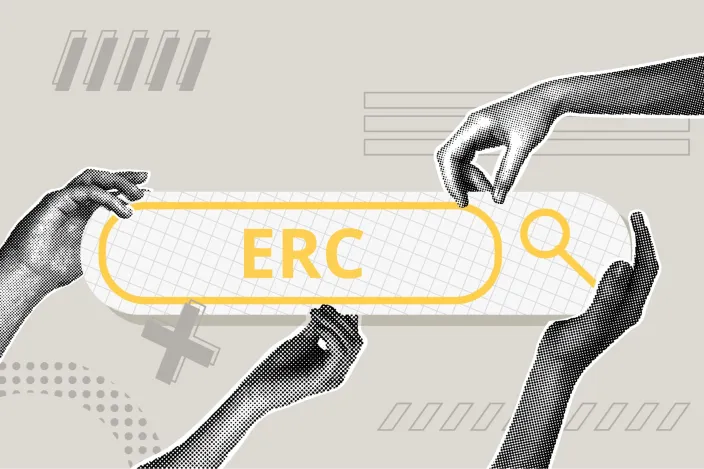
Lifting Up the Working Poor
Despite robust labor markets and social protection systems, in-work poverty is a persistent challenge in Europe. According to Eurostat data, 8.2% of employed individuals in the European Union are at risk of poverty, with significant variation across countries. Southern and Eastern European nations like Italy (10.2%), Greece (10.7%), Spain (11.2%) and Bulgaria (11.8%) experience particularly high rates of in-work poverty, while Central European and Nordic countries like Germany (6.5%) and Denmark (6.2%) feature lower levels. The pandemic and subsequent cost-of-living crisis have exacerbated these trends, with inflation and stagnant wages disproportionately impacting low-wage workers. Young workers, part-time employees and those in precarious employment arrangements are especially vulnerable.
The pressing nature of these developments is also reflected in the European Commission’s Pillar of Social Rights, a set of guiding principles to build a fair and inclusive Europe, including through guaranteeing that all workers receive fair and adequate wages. Policy support for workers on low incomes has traditionally come from minimum wages and taxes and transfers.
Traditional economic theory has long suggested that redistribution through taxes and transfers should be the primary mechanism for supporting low-income workers. Central to this principle is the notion that market prices — including wages — are indicators of scarcity; suppressing their role for distributive reasons would create inefficient distortions. According to this view, minimum wages distort the price of labor and, if set too high, generate involuntary unemployment, especially among the lowest paid. Support for the working poor should instead come from the tax and transfer system, for instance via tax credits such as the Earned Income Tax Credit (EITC) in the US, or the Prime d’Activité in France. With such programs, market incomes are topped up by the government rather than being constrained by minimum wage regulations.
Reality, though, is more complex. Most governments rely on a mix of pay regulations and tax credits to support the working poor. Over the past decade or so, minimum wages have gained unprecedented popularity in the policy sphere. Several countries around the world have introduced new statutory minimums (e.g. Hong Kong in 2011, Germany in 2015 and Cyprus in 2023) and others have adopted ambitious increases (e.g. the United Kingdom since 2016). In the United States, more than half of states have a minimum wage above the federal level and more than 40 cities have instituted minima above the state or federal ones. In 2022, the European Union adopted a directive to improve the adequacy of minimum wages, promote collective bargaining in wage setting and increase workers’ access to minimum wage protection in all European Union member states. The demand for minimum wage policy seems justified with appeals to social preferences, namely ideals of fairness and self-determination.
Selecting the most adequate policy mix to tackle income inequalities requires taking a more realistic view of the existing policy mix and developing a fuller understanding of how predistributive and redistributive policies — such as minimum wages and taxes and transfers — interact in shaping the wage and employment outcomes of workers on low incomes. It also requires careful consideration of the political viability and social acceptability of those policy tools.
The project LIFT-UP “Lifting Up the Working Poor: Predistribution and Redistribution at the Low End of the Wage Spectrum” is a research laboratory I lead at Bocconi University, funded by the European Research Council. Its ambition is to rethink how to best design core in-work antipoverty tools, providing guidance for concrete reform action that is not only economically sound but also socially and politically sustainable.

Where Knowledge is Born to Change the Rules
From the equations that describe turbulence to the mechanisms of finance, from labor market policies to the institutions of the state: the six new research projects by Bocconi scholars funded...

